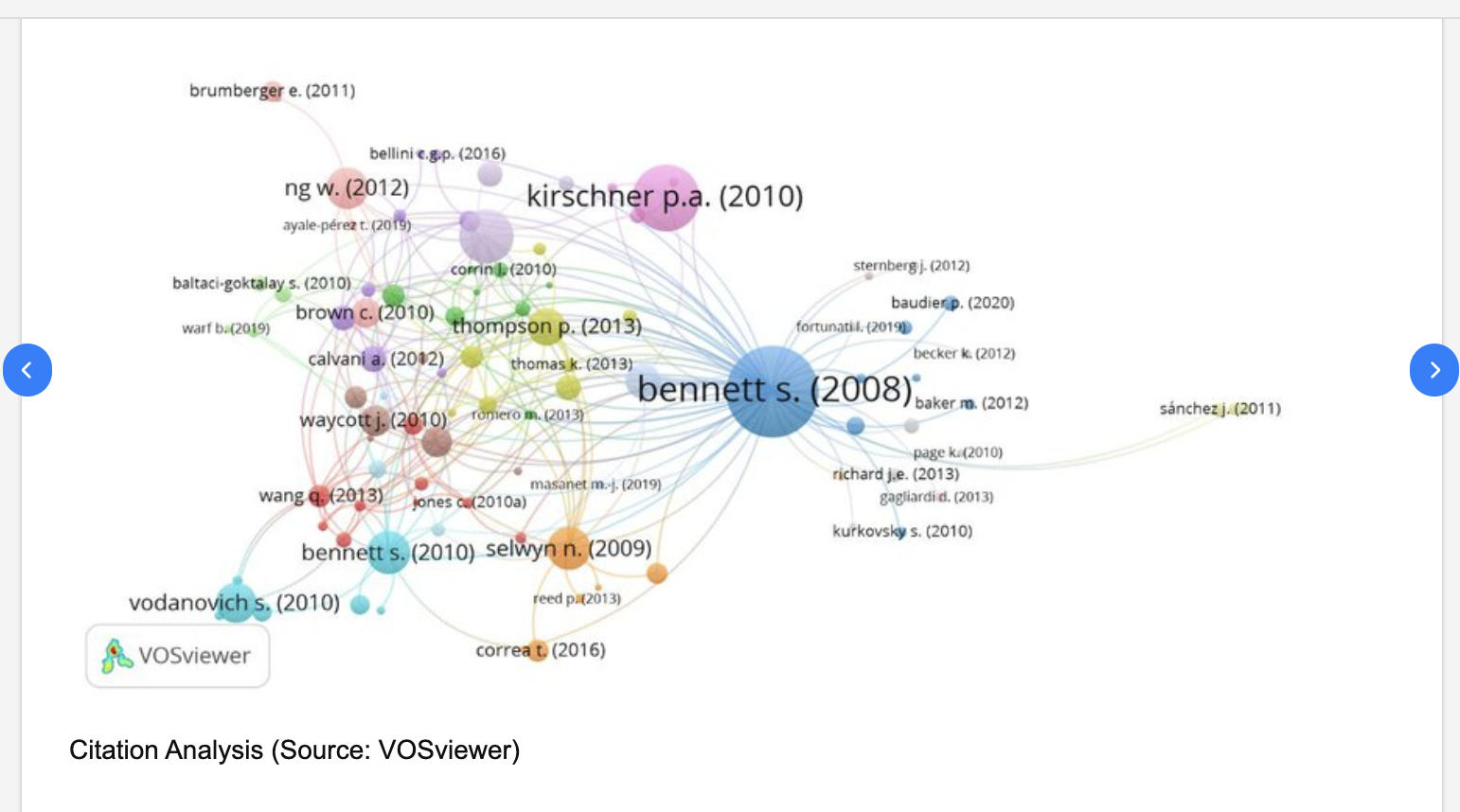Citation Score, A New Metric for Brand Visibility in the Age of AI
When someone asks ChatGPT, Perplexity, or Claude a question, where does the answer come from and how often does it come from you?
As LLMs replace search engines for top-of-funnel research and product discovery, a new visibility layer is emerging: citations. AI-generated answers increasingly include footnotes, source links, or inline references to websites, articles, and documentation. These citations form a kind of modern backlink but with different mechanics and consequences.
And that brings us to a new idea: Citation Score.
What Is Citation Score?
Citation Score is a way to measure how frequently and how prominently your brand, product, or content is cited by LLMs across a set of relevant queries. Think of it like domain authority, but instead of measuring how many other sites link to you, it measures how often LLMs mention or reference your content as part of their synthesized answers.
A basic version might include:
-
Citation Frequency: How many times your content appears across 100 high-intent questions?
-
Citation Position: Are you the first link? Buried in footnotes? Cited inline?
-
Citation Context: Are you cited for facts, how-to instructions, product comparisons, or definitions?
Over time, these could be modeled into a visibility index that SEO teams and brand strategists can track.
Why This Matters
Ranking #1 in search doesn’t mean much if ChatGPT answers the question directly and never cites you. Similarly, showing up in SGE (Google’s Search Generative Experience) summaries or Perplexity citations could drive more indirect influence, even without clicks.
Citation Score gives marketers a way to quantify this influence. It can also help content teams reverse-engineer what types of assets are likely to be surfaced by LLMs: well-structured docs, clear product explanations, or high-authority third-party coverage.
Lessons from Academia and Publishing
Interestingly, this kind of modeling has already taken off in other domains. Academic publishing has spent years refining metrics like:
-
h-index (how often a researcher is cited and how widely their work is distributed)
-
co-citation networks (who gets cited alongside whom)
-
altmetrics (social and public engagement around citations)

Imagine applying those to LLM visibility:
-
Co-citation Score: What brands are consistently cited next to yours? Are you always mentioned alongside competitors or in a league of your own?
-
Contextual Trust Graphs: If multiple LLMs cite your docs for a given topic, does that amplify downstream visibility in future model updates?
-
Temporal Citation Maps: Are you gaining or losing answer share across product categories or technical terms?
These are more than thought experiments, they're prototypes waiting to be built.
A New Visibility Layer
Citation Score won’t replace SEO. But it changes the focus, replacing "how you perform in search" with "do you exist in the answer". As AI agents become the default research layer for consumers, that’s a visibility gap too important to ignore.